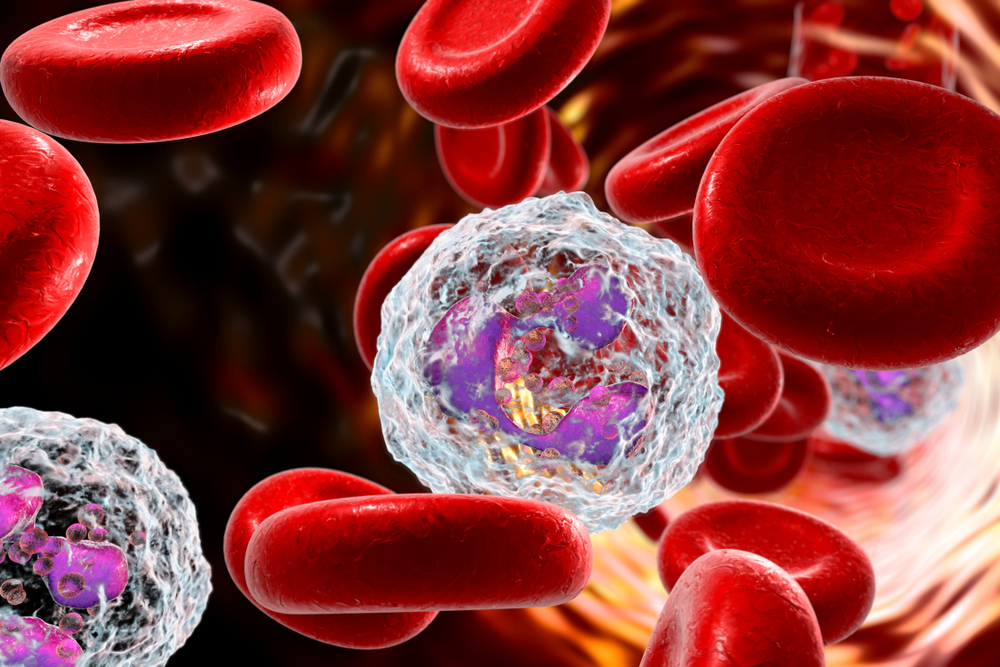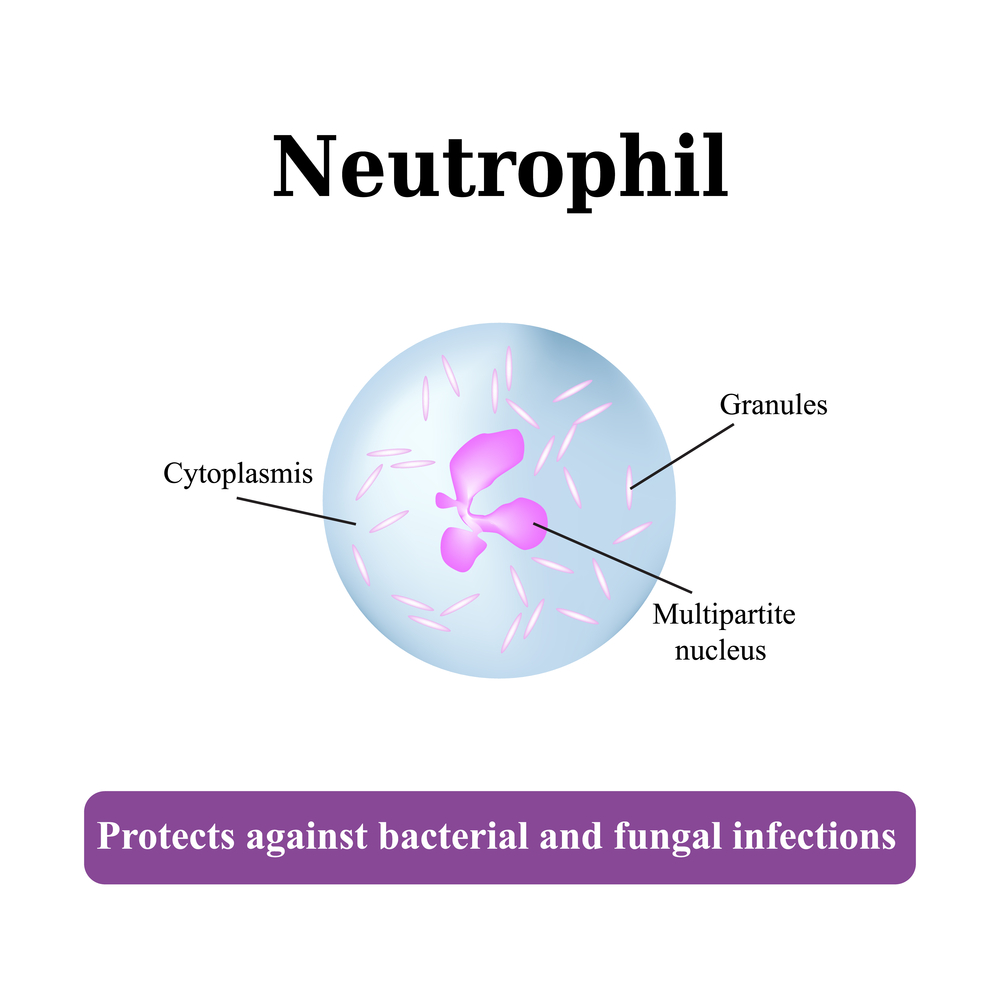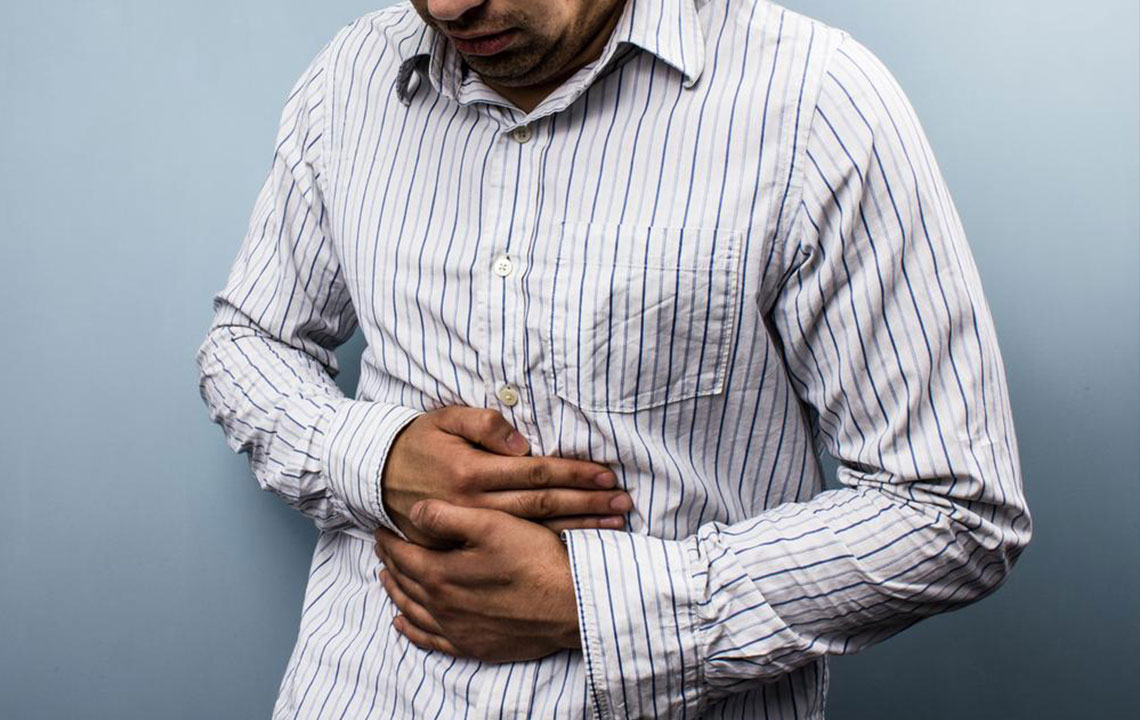Understanding Neutrophils: The Body's Frontline Defense
Neutrophils are vital white blood cells that serve as the body's primary defense against bacterial infections and toxins. Produced in the bone marrow, they circulate in the blood for a few hours before moving to tissues, where they actively fight pathogens through phagocytosis and the release of extracellular traps. Abnormal neutrophil levels, such as neutropenia, can weaken immune defenses, often caused by infections or treatments like chemotherapy. Understanding their role helps in diagnosing and managing various immune-related conditions effectively.

Understanding Neutrophils: The Body's Frontline Defense
Neutrophils explained
Many are familiar with neutrophils, often seen in blood test reports through differential counts. Our blood primarily contains two cell types: red blood cells (erythrocytes) that give blood its red hue, and white blood cells (leukocytes) that defend against harmful agents like bacteria, viruses, and allergens. Neutrophils, a key white blood cell, typically account for 40% to 70% of leukocytes. When levels drop below this range, it's called neutropenia, indicating a compromised immune response. These cells are crucial in combating bacterial infections and toxins.
Neutrophil origin
Produced mainly in the bone marrow, particularly in long bones and pelvis.
Approximately 55-60% of marrow activity focuses on making neutrophils.
Neutrophils circulate in blood for 5 to 90 hours before moving into tissues, where they live up to two days.
Daily production reaches about 1011 neutrophils, increasing to 1012 during bacterial invasions.
Why are they named neutrophils?
Their name derives from their staining properties with standard dyes, which produce a neutral pink color.
Their high production rate during infections underscores their role in immune defense.
Neutrophils have nuclei with 2 to 5 lobes; abnormal hyper-segmentation can indicate specific deficiencies such as vitamin B12 deficit.
Characteristics of neutrophils
Size varies from about 9 to 15 microns, shrinking in the bloodstream to around 9 microns.
They are part of granulocytes, along with basophils and eosinophils, characterized by lobed nuclei connected by chromatin strands.
As neutrophils mature, their nuclei can change, sometimes presenting unique diagnostic features.
Defense mechanisms
Neutrophils rapidly mobilize to infection sites, crossing blood vessel walls into tissues.
They develop pseudopodia to detect chemical signals, enabling targeted migration—a process called chemotaxis.
Recent observations highlight a phenomenon called neutrophil swarming, which involves coordinated movement to infection sites.
They perform phagocytosis, engulfing bacteria with pseudopodia and destroying them through degranulation.
Neutrophils release extracellular traps (NETs)—web-like structures made of chromatin—to trap and kill bacteria, although these can also contribute to inflammation.
Initially, they fight pathogens and activate other immune cells, but overactivation can exacerbate autoimmune conditions.
What causes neutropenia?
Reduced neutrophil counts can result from chemotherapy, leading to increased infection risk.
Other causes include radiation therapy, certain infections like salmonella and hepatitis, HIV/AIDS, hypersplenism, malaria, sepsis, medications, and autoimmune diseases.










